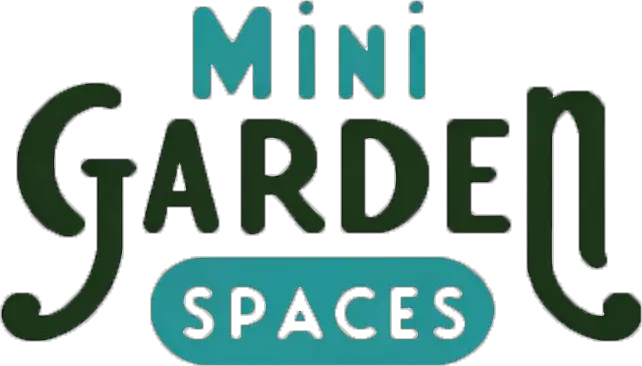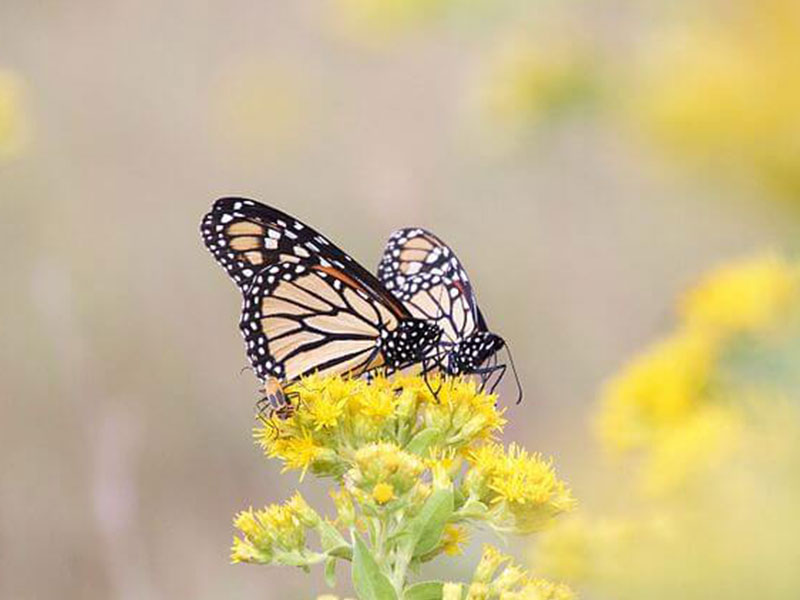12 Beautiful Balcony Plants for Monarch Butterflies
July, 2022 |The Monarch butterfly is one of the most iconic American butterfly species. However, due to habitat loss and pesticide use, their population numbers are rapidly decreasing. By adding balcony plants for monarch butterflies we can help this beautiful butterfly species survive and thrive.
Best balcony plants for Monarch butterflies
Creating a butterfly friendly garden is a great garden style idea that can support vital pollinators in your local area. Monarch butterflies aren’t considered endangered just yet, but their population has been declining. With their bold orange and black patterning, they’re an iconic species and one that definitely needs protecting.
So here are 10 plants you can grow on your balcony, or any small garden space to help out these beautiful butterflies!
1. Native milkweed
A butterfly favorite, and the official host plant of the monarch butterfly. Monarchs rely on milkweed for every stage of their lifecycle. The adults feed on the pollen from milkweed flowers, the female lays eggs on the leaves and when the caterpillars emerge they eat the leaves.
If you’re hoping to see monarchs fluttering around your mini garden space, this is the plant to add!
Food source for Adult Monarch butterflies and caterpillars.

2. Non-invasive buddleias (dwarf buddleias)
Often known as ‘the butterfly bush’, buddleias produce nectar-rich flowers that monarchs love. The most common buddleia (Buddleia davidii), originated in Asia and is considered invasive as it spreads quickly.
Luckily there are now great ‘non-invasive’ varieties that are considered sterile and unlikely to drop seeds. Buddleia varieties like ‘sun gold’ and ‘miss Molly’ are beautiful alternatives.
Food source for Adult Monarch butterflies

3. Zinnia
Available in a range of colorful varieties, zinnia flowers are perfect for brightening up a balcony and also providing a nectar-rich food source for Monarchs. You’ll likely also attract hummingbirds too!
Food source for Adult Monarch butterflies

4. Coneflowers (Echinacea)
Easy to grow and incredibly ornamental, cone flowers are one of the best balcony plants for monarch butterflies. They provide a great nectar source that attracts butterflies and even birds! Monarch butterflies are frequently seen feeding on nectar, and in the fall birds will feed on the seed heads.
You could add a mix of colors to your balcony with purple coneflower (Echinacea purpurea) and yellow coneflower (Echinacea paradox), or a purple coneflower variety known as ‘white swan’. They grow well in zones 3 – 9.
Food source for Adult Monarch butterflies

5. Giant hyssops (Agastache)
Giant hyssops are fantastic nectar sources for pollinators, and one of the best plants to attract hummingbirds! Most are native to North America. A known monarch butterfly favorite is the Agastache ‘Ava’ flower, which produces beautiful spires of delicate, spiked florets in a deep shade of magenta.
Food source for Adult Monarch butterflies

6. Verbena
Verbena flowers are great for adding some height variation to a balcony container. They’re perennial, so if you cut them back in the autumn, they will grow new shoots in spring.
The tiny purple flowers have a lovely floral scent and plenty of nectar that attracts monarchs and other pollinators!
Food source for Adult Monarch butterflies

7. Marigolds
With lovely layered blooms in fiery shades, marigolds are not only a good companion plant for your vertical vegetable garden. Their bright flowers often attract monarchs with their rich nectar source. They’re easy to grow and you can easily save their seeds to grow next year too!
Food source for Adult Monarch butterflies

8. Mexican sunflower (Tithonia)
Mexican sunflowers, like coneflowers, are a member of the daisy family. They have large, beautiful, open flowers in golden shades of red and orange. The plant can become quite large and bushy, so if you have a small balcony, a mini variety like ‘Fiesta del sol’ might be a better choice. It flowers from mid-summer to fall.
Food source for Adult Monarch butterflies

9. Aster
One of the reasons monarch populations are declining is because their habitats are declining too. The prairie meadows and savanna along their migratory paths are disappearing. These areas would usually be coated in wildflowers like bold purple aster blooms, which would give them a food source brimming with nectar.
To help monarchs we can replant asters on our balconies or in our gardens to replace the loss of native wildflower meadows.
Food source for Adult Monarch butterflies

10. Goldenrod
Like aster, goldenrod is another wildflower that has declined because wild meadows are being transformed into housing or infrastructure. Planting goldenrod in your garden will provide monarch butterflies with a vital nectar source while they complete their long migration to their overwintering site in Mexico.
Food source for Adult Monarch butterflies

11. Siberian Wallflower (Erysimum x allionii)
A hybrid plant that produces beautiful orange blooms with an incredibly fragrant scent. They attract lots of pollinators and monarchs are frequently seen feasting on their sweet nectar sources.
Food source for Adult Monarch butterflies

12. Meadow Blazing Star (Liatris pycnostachya)
Native to midwestern prairies, Meadow Blazing star (or prairie blazing star) produces really attractive dense spires of purple flowers. It’s a beautiful wildflower that is so ornamental it can make an excellent addition to balconies and containers. The delicate purple flowers are also highly attractive to Monarch butterflies too.
Food source for Adult Monarch butterflies

Other ways to attract Monarch butterflies
Filling containers and borders with monarch-friendly plants full of nectar is a fantastic way to attract these beautiful butterflies. But there are other things we can do to attract them and provide other sources of nourishment or shelter…
- You could try creating a butterfly feeding platform. Cut-up pieces of orange, pear, or kiwi fruit can attract butterflies.
- Monarch butterflies need a source of salt and other minerals. We can help them access these vital minerals by creating small puddles
- Create a sheltered space they can retreat to in windy weather or rain.

Plants for endangered butterfly species
The monarch butterfly is one of the most iconic North American butterfly species. However, there are a large number of vulnerable or endangered butterfly and moth species that also need protecting.
Check out which species are endangered in your local area here and add some plants for them too!
Creating a perfect monarch garden
Monarchs are a beautiful sight to see, whether you’ve witnessed masses of them migrating through national parks or a few simply visiting your backyard.
It’s important to remember that when you’re adding plants like coneflowers or aster, these plants are only suitable for adult monarchs to feed on.
To really help out this iconic butterfly species, you need a combination of milkweed and other nectar-rich blooms to help them survive and thrive!
Featured Image: Two monarchs perched on goldenrod flowers | Photo by USFWS Mountain-Prairie





